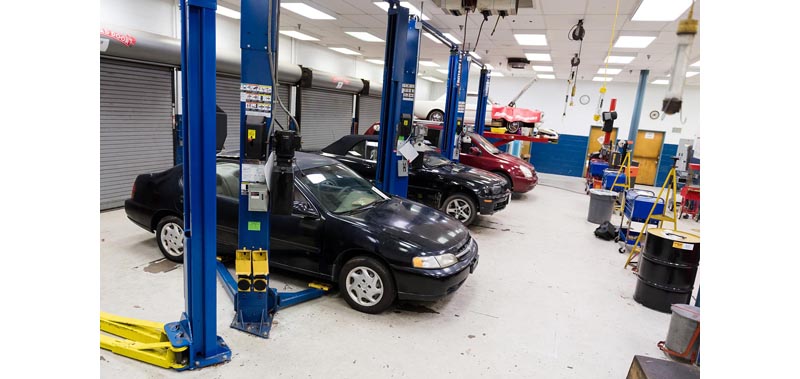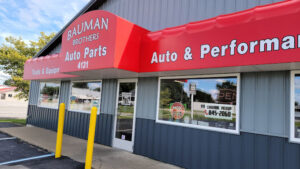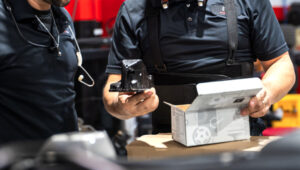Despite the expected increase, the number of service bays in the U.S. has dropped, placing pressure on techs to be more productive
Fort Wayne, Ind.—More cars and light trucks on U.S. roads and their growing repair volume should encourage more service bays. However, this has not happened, according to a recent report. The vehicles in operation (VIO) climbed by more than 15 million over the past five years, but the service bay population decreased by 55,000.
“As a result, the number of vehicles per service bay in the U.S. continued to climb, reaching a record-high during 2022,” states the 2024 Lang Aftermarket Annual, which examines a 10-year history of the changing population of vehicles and service bays and the increasing number of light vehicles per bay in the U.S.
The following are key takeaways.
Do-It-For-Me Market Increase
As the car and light truck VIO in the U.S. increased by 6% between 2017 and 2022, the Do-It-For-Me (DIFM) product sales expanded by more than 9%, despite a record drop in 2020 aftermarket volume caused by COVID-19.
Service Bay Population Paradox
Despite the nearly $8 billion gain in products installed by auto technicians at user-price between 2017 and 2022, the car and light truck service bay population fell by 5%, more than seven times its percentage loss over the previous five years.
Vehicles Up But Bays Down
The bay population was hit hard by COVID-19. The bay count decreased more in 2020 than over the previous five years, despite a 3 million increase in the 2020 VIO.
Record Vehicles Per Bay
The declining number of service bays coupled with an expanding car and light truck population has increased the average number of vehicles per bay in the U.S. In 2012, there were 206 cars and light trucks in the U.S. for every light vehicle service bay. This was a 55% increase since 1990.
During 2017 and 2018, the service bay population declined as the light truck VIO increased. Accordingly, the average number of vehicles per bay reached 235 by 2018.
More Vehicles Per Bay
Over the next two years, the situation grew more critical. There were 240 cars and light trucks per bay in the U.S. in 2019, climbing to 243 by 2020. The number of light vehicles per bay continued to increase, reaching 253 by 2022, up more than 11% in the previous five years and a 89% increase over 1990.
VIO and Service Bay Trends
Lang Marketing expects that the number of service bays will continue to fall over the next two years despite a VIO gain on U.S. roads. Consequently, Lang Marketing projects a record-high number of cars and light trucks per bay in the U.S., likely topping 261.
Changing Vehicle Mix Per Bay
In 2017, domestic nameplates accounted for 56% of vehicles per bay, with foreign nameplates at 44%. By 2022, the situation had changed significantly, with foreign nameplates representing half of the vehicles per bay.
Not only has the nameplate mix of vehicles changed per bay, but vehicle repair has grown more complex and their average age is much higher. This increased diversity of vehicles and their increasing complexity and age create significant challenges for service outlets as vehicles per bay increases.
More Repair Needed Per Bay
The increasing number of vehicles per bay and the growing volume of DIFM repair require that bays become more productive to keep pace with the increasing repair demand per bay. As DIFM product sales climbed by nearly 10% between 2017 and 2022, product volume per bay increased much faster, up 15% at user-price.
Aftermarket Opportunities
These changes provide unprecedented opportunities for suppliers of diagnostic and installation tools and equipment, shop management systems, vehicle data programs, and other means that can increase the productivity of technicians.
Aftermarket Challenges
Automotive technicians must continue to become more productive so that the shrinking number of bays can handle the growing volume of car and light truck repairs across the U.S.








Comments are closed.